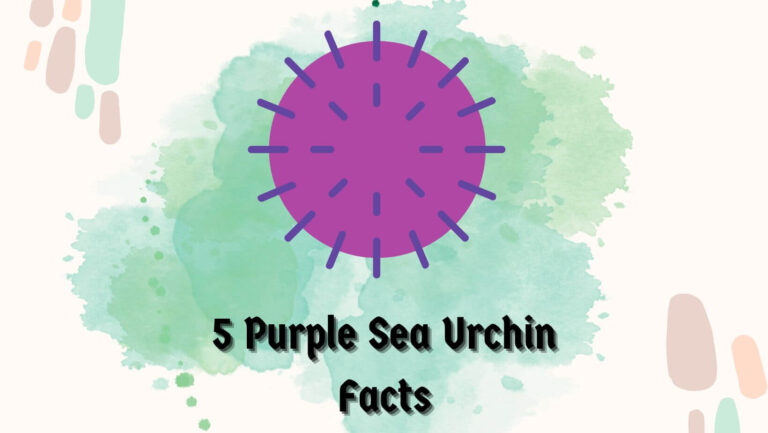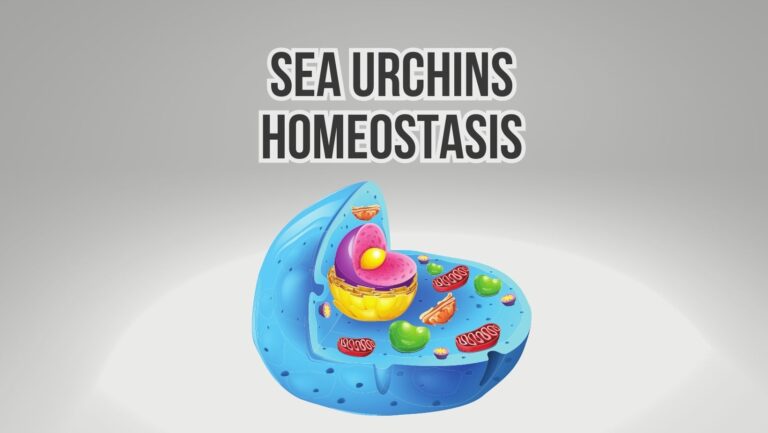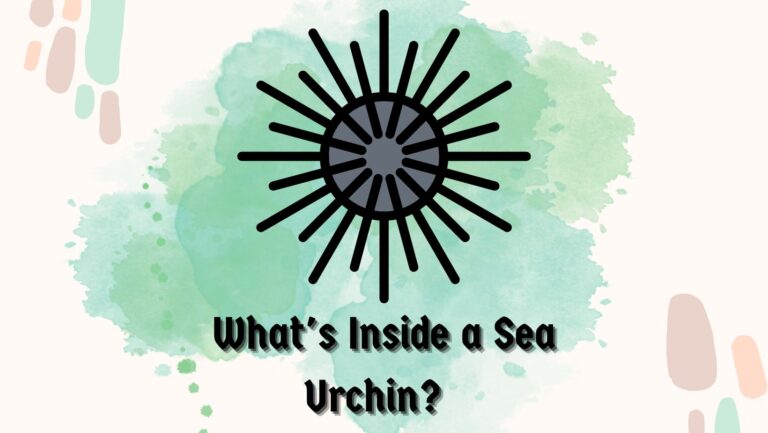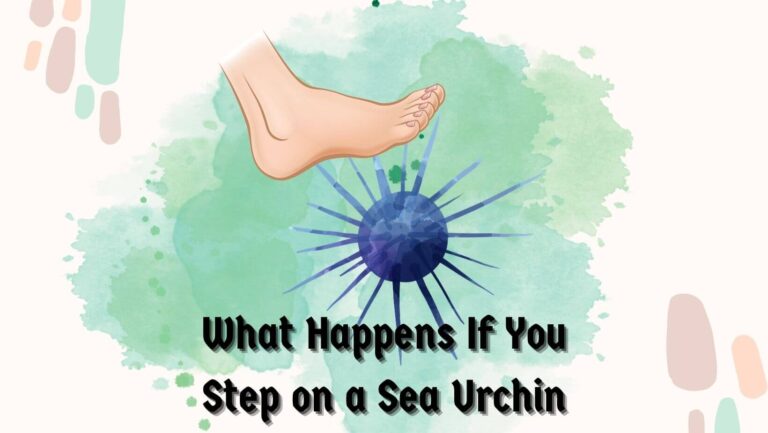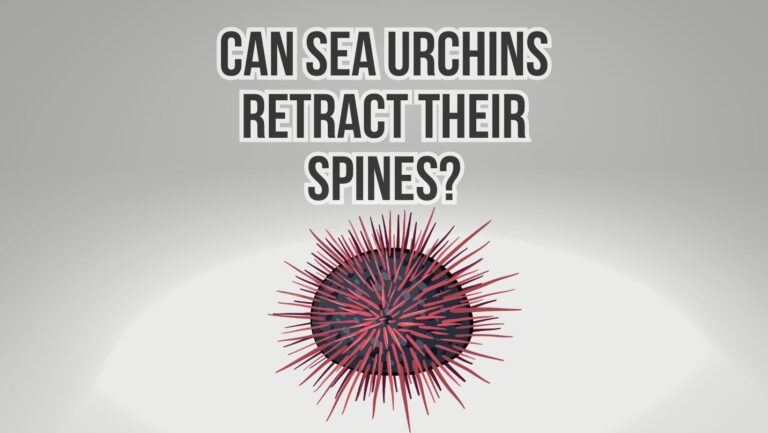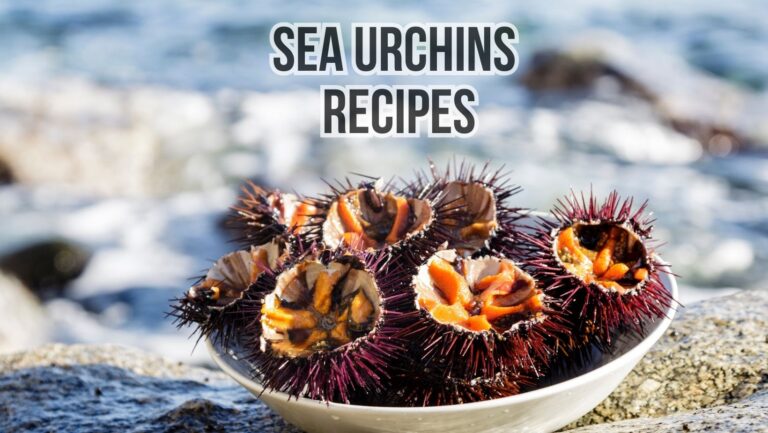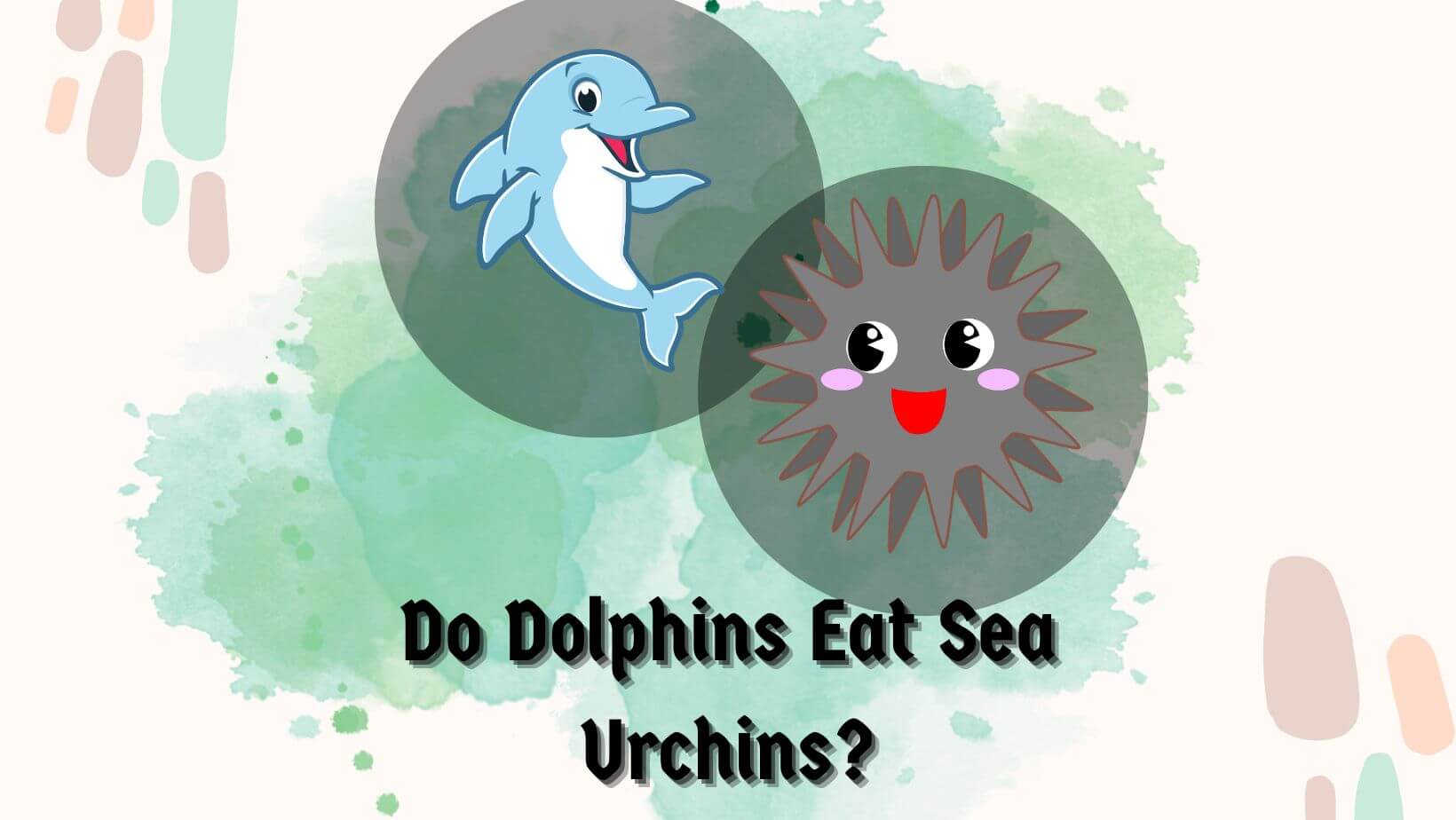
You know that predators like Sea otters, sea birds, and lobsters feed on sea urchins. However, if you wonder whether other animals like dolphins, seals, or sharks feed on them, you are not the only person.
In this article, I will answer a few questions that have been frequently asked but have yet to be answered. Some such questions include ‘Do dolphins eat sea urchins,’ ‘Do seals eat sea urchins,’ ‘Do sharks eat sea urchins,’ ‘Do starfish eat sea urchins,’ as well as ‘Do turtles eat sea urchins.’
In this article, I will answer all these questions and provide valuable information regarding their feeding habits. I will also tell you about this special ability they use to defend themselves against predation. In this article, I have also discussed the impacts of such predation on sea urchins’ population density. Let’s begin with first knowing: do dolphins eat sea urchins?
Table of Contents
Do Dolphins Eat Sea Urchins?

Generally no. However, few species of dolphin in the water off the coast of California have been observed targeting sea urchins as a part of their diet. By rolling the sea urchins on their bellies, the dolphins can expose the softer underside making it more accessible for consumption.
Surprisingly, the coastal bottlenose dolphins from this region have developed specialized foraging techniques to feed on these spinning creatures, which is impressive. You should know that dolphins are known to be highly intelligent and social Marine animals that exhibit a diverse diet.
However, their primary food source consists of fish & aqueous. Indeed Certain dolphins have been observed consuming sea urchins, but it’s something new that needs more observation and research.
Dolphins’ most common feeding behavior involves cooperating, hunting, and working together to corral and capture their prey. Rolling on sea urchins on their bellies has recently developed among the scientific community.
However, it shouldn’t be so surprising for such an intelligent animal to develop a specialized foraging technique. You should know that the predation of dolphins on sea urchins has also been noted to provide benefits for maintaining ecological balance.
If the population of the sea urchins is left unchecked, they may overgraze the kelp forest, leading to habitat degradation of other species and declining biodiversity. By consuming dolphins, we’re doing nothing more than helping their population. A cooperative hunting strategy not only helps sustain the health of the forest but also contributes to the overall stability of the food webs.
Do Seals Eat Sea Urchins?

Some seal species, like harbor seals or Northern fur seals, have been observed consuming sea urchins as part of their diet. Even though they primarily feed on fish, they can also opportunistically prey upon sea urchins when the opportunity arises.
Along the coastline of the North Pacific, researchers have actively documented seals like steller sea lions in Alaska feeding on sea urchins while effectively controlling their population.
No doubt that observation also highlights that the seal acts as a natural Predator of sea urchins (especially in that particular region). However, you should know that the influence of seals on the sea urchin population needs a more thorough study.
Seals also play a good role in regulating sea urchin populations, particularly in coastal ecosystems. By consuming sea urchins, the seal is helping in preventing overgrazing on kelp forests and ensures the health of these Marine habitats.
Do Sharks Eat Sea Urchins?

Sharks are known to feed on fish predominantly, but some have been noticed, including sea urchins in their diet. For example, leopard sharks commonly found along the coast of California have been frequently observed eating sea urchins as a part of their diet.
Scientists also conducted A recent study in the Gulf of California to observe the leopard Shark feeding behavior on sea urchins, particularly during the reproductive system.
They found that these sharks frequently used their powerful jaws to crush and consume sea urchins, contributing to the regulation of the population.
No doubt sharks, such as Apex, occupy the top of the marine food chain and play a crucial role in the sea urchins’ population regulation. Not only sharp prey on sea urchins but also similar species to prevent overgrazing of marine vegetation which may disrupt the delicate Marine habitats.
You should note that this Predator-prey interaction is important because it ensures the ecological integrity of coastal ecosystems and supports the overall health of our Marine environment.
Do Starfish Eat Sea Urchins?

Starfish, also called sea stars, are known to consume various prey, including sea urchins, using their unique feeding mechanism. Starfish have been observed actively feeding on sea urchins by prime opening their protective spine and consuming their inner parts.
Starfish use their tube feet & specialized mouth parts to manipulate and ingest sea urchins. This type of predation is also impacting the sea urchin population. Starfish also tend to have a specialized structure called a water vascular system which helps them free open the shells of their prey and consume the softer tissue within.
However, while researching, I needed help understanding the importance of starfish predations on sea urchins. Indeed starfishes also help regulate the sea urchins’ population and prevent excessive grazing on sea forests and algal communities. More in-depth study is required to understand the role of starfish in controlling sea urchins’ numbers for effective conservation efforts and preservation of marine diversity.
Do Turtles Eat Sea Urchins?

Turtles like green and hawksbill have been occasionally noticed eating sea urchins. These turtles use their beak-like jaws to bite and consume the softer tissue of sea urchins, but it’s rare. In general, turtles avoid any encounter with sea urchins.
Turtles tend to be both herbivorous & carnivorous, making them occupy various Marine habitats and play a crucial ecological role. Even those sea turtles have been noticed primarily feeding on sea grasses and algae; they might occasionally consume sea urchins if given the opportunity.
During certain stages of life, green turtles and hawksbill turtles have been observed feeding on them. In some areas, turtles may rarely eat them, but they are not the primary Predator of sea urchins. Turtles are opportunistic in this area and do not play much role in managing the sea urchin population. However, they are maintaining the ecological balance of their respective environment.
Popular Articles or Topics
Conclusion
Many predators of sea urchins can effectively feed and prey on them. Predators like starfish, pufferfish, lobsters, and Sea otters have been frequently observed feeding primarily on sea urchins. It is important to understand the role of the marine environment in controlling the sea urchin population for overall conservation and sustainability.
You should know that these Marine animals are critical in the environmental ecosystem. All the animals like dolphins, seals, sharks, starfish & turtles that may feed on sea urchins have been discussed in this article.
Their interaction with sea urchins prevents overgrazing of the algal community and kelp but also prevents habitat destruction & imbalances in the Marine food chain. I hope I have given you a proper understanding of the Predator-prey relationship, which is important for the overall conservation & sustainability of the marine environment.
I hope I have given you all the valuable information you need to know about these predators. If you find this article helpful, then consider sharing it. Your share will help many people learn about the role of these species on the sea urchin population. Check our other helpful guide on sea urchin predators that actively keep their population density in check. See you in the next post, till then, take care & goodbye.
The role of marine animals in controlling sea urchin populations is critical for maintaining the health and balance of coastal ecosystems. Dolphins, seals, sharks, starfish, and turtles all contribute to the regulation of sea urchin numbers through predation.
Their interactions with sea urchins prevent overgrazing, habitat destruction, and imbalances in marine food chains. Understanding and preserving these predator-prey relationships are essential for the overall conservation and sustainability of marine environments.

